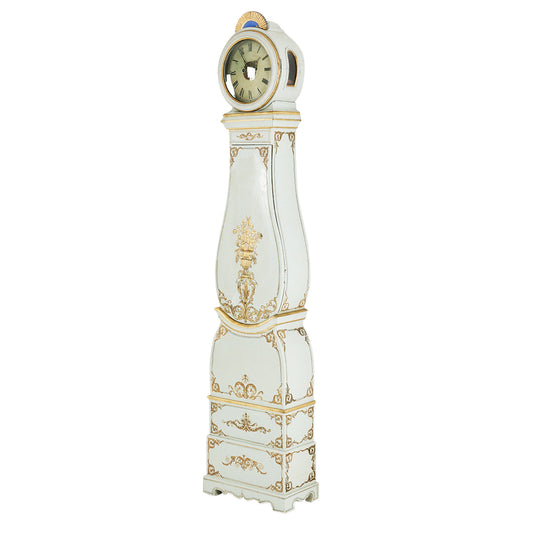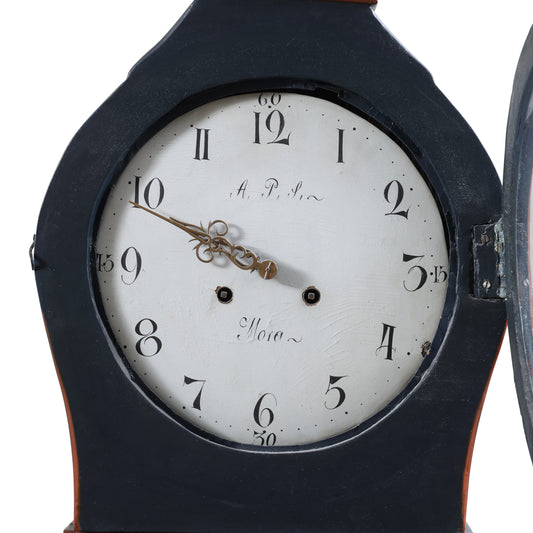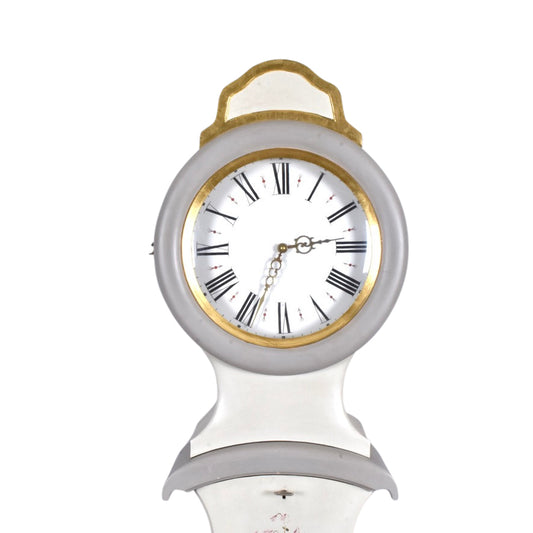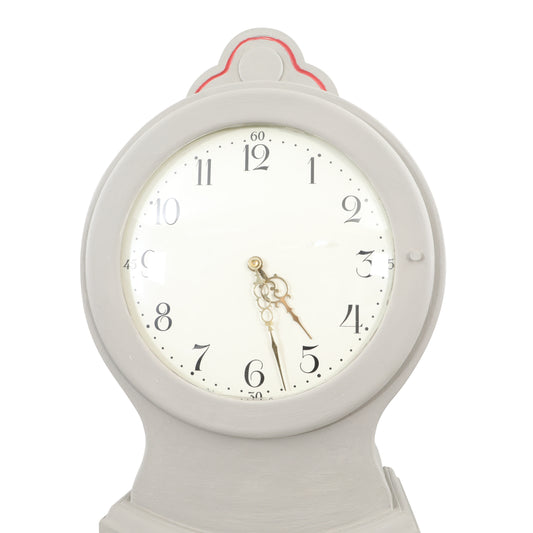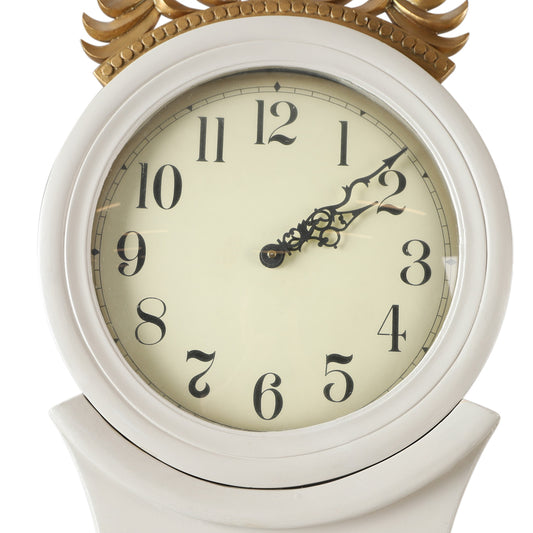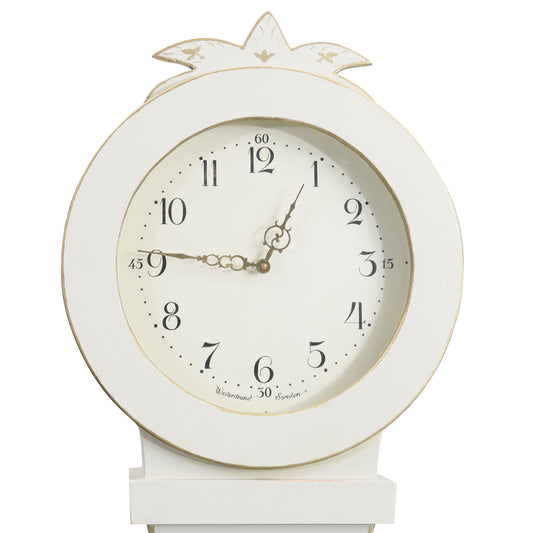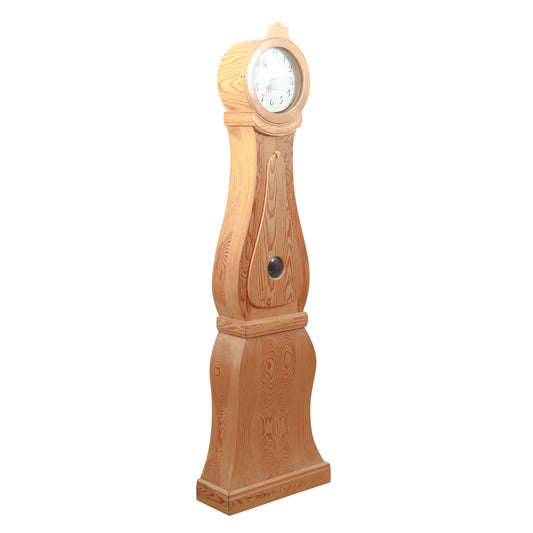-
Mora Clock 02
Regular price £9,000.00 GBPRegular priceUnit price per -
Mora Clock 03
Regular price £3,000.00 GBPRegular priceUnit price per -
Mora Clock 06
Regular price £2,291.00 GBPRegular priceUnit price per -
Mora Clock 07
Regular price £3,000.00 GBPRegular priceUnit price per -
Mora Clock 09
Regular price £2,400.00 GBPRegular priceUnit price per -

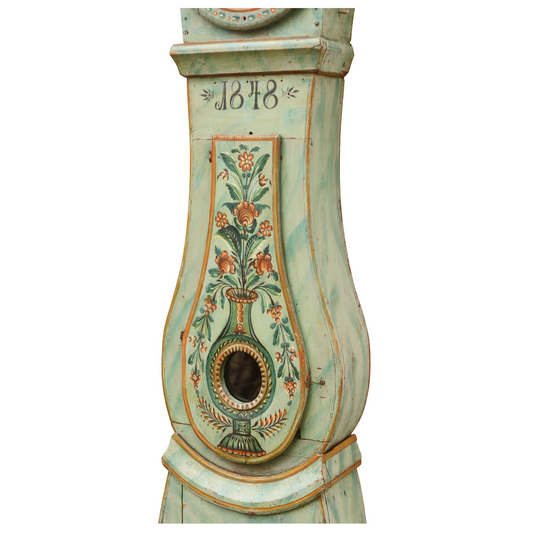 Sold out
Sold outMora Clock 12
Regular price £1,985.00 GBPRegular priceUnit price per -
Mora Clock 14
Regular price £1,900.00 GBPRegular priceUnit price per -
Mora Clock 15
Regular price £1,680.00 GBPRegular priceUnit price per -
Mora Clock 16
Regular price £1,900.00 GBPRegular priceUnit price per -
Mora Clock 17
Regular price £1,900.00 GBPRegular priceUnit price per -
Mora Clock 18
Regular price £1,900.00 GBPRegular priceUnit price per -
Mora Clock 19
Regular price £1,900.00 GBPRegular priceUnit price per -
Mora Clock 22
Regular price £1,909.00 GBPRegular priceUnit price per -
Mora Clock 23
Regular price £1,909.00 GBPRegular priceUnit price per -
Mora Clock 24
Regular price £1,833.00 GBPRegular priceUnit price per -
Mora Clock 25
Regular price £1,833.00 GBPRegular priceUnit price per -
Mora Clock 26
Regular price £1,833.00 GBPRegular priceUnit price per -
Mora Clock 27
Regular price £1,604.00 GBPRegular priceUnit price per -
Mora Clock 28
Regular price £1,604.00 GBPRegular priceUnit price per -
Mora Clock 29
Regular price £1,600.00 GBPRegular priceUnit price per
Swedish Mora Clocks
Antique Swedish Mora Clocks:
Our antique Swedish Mora clock currently available to buy with international shipment are listed below. Low shipping rates to the USA and Europe.
The history of the Swedish Mora clock begins in the late 18th century as a rural cottage industry in the town of Mora, Sweden. Facing hard times from crop failures, local farming families supplemented their income by making longcase clocks in the winter months. They had learnt these skills from having retrained away from farming into clock making in major towns like Stockholm and then bringing these skills back to Mora. Their collaboration produced the iconic curvy form that is recognised as the Mora Clock and still sought after today.
Origins and manufacturing process
- A local industry for hard times: In the 1700s, drought and failing agriculture created an economic crisis in the region of Dalarna. Many people left for Stockholm to find work, where they learned clockmaking and other crafts. Upon returning, they established a cooperative system in their village to survive.
- Collaborative production: The Mora clock was a communal effort, not the work of a single artisan. Different families and villagers specialized in specific parts, such as the mechanism, the wooden case, the face, or the final painted decorations. The body of the clock will often bear the initials of the clock painter whilst the face of the clock may bear the initials of the clocksmith and sometimes the village in which the clock was made.
- Early and famous maker: Krång Anders Andersson (1727–1799) is considered one of the first clockmakers in the region. Many clock faces were marked with "AAS Mora," his initials, which later became a regional brand even after his death. Only the earlier Mora Clock can be attributed to Andersson ie ie those made during his lifetime.
Distinctive design
- Influence of French design: The clocks developed from earlier French Rococo and Baroque styles, which featured a softer, more rounded silhouette than the stricter English clocks of the time. This is especially noticeable around the base of the Mora Clock.
- The female shape: The Mora clock is instantly recognizable for its curvaceous, hourglass shape, which has been described as female in shape, as oppose to the traditional straight grandfather clock.
- Decoration and variety: Made from local pine, clocks were painted in a range of styles and colors depending on the customer and region.
- Colors: Styles varied from the brightly colored kurbits folk art tradition (featuring painted gourds and flowers) to elegant whites, grays, and muted pastels.
- Carvings: More affluent customers could afford ornate carved details, while simpler versions with fewer decorations were common for farming families. The clocks are often adorned with carved crowns.
- Regional styles: Variations existed throughout Sweden. Northern clocks were taller and thinner, while southern clocks had wider bellies. Bridal clocks, decorated with crowns and flowers, were given as wedding presents
Decline and modern-day status
- Mid-19th century decline: The cottage industry began to wane around the 1850s due to several factors. The rise of industrialization, new styles like Biedermeier, and the import of cheaper clocks from other parts of Europe and America made handmade Mora clocks less competitive.
- Symbol of Swedish craftsmanship: Despite its decline, the Mora clock became a beloved symbol of traditional Swedish craftsmanship and idyllic home life. Many were passed down through generations, often repainted or personalized by family members.
- Collector's item: Today, antique Mora clocks are highly prized by collectors for their unique handmade quality. As most are now over 100 years old and in limited supply they are highly sought after.








